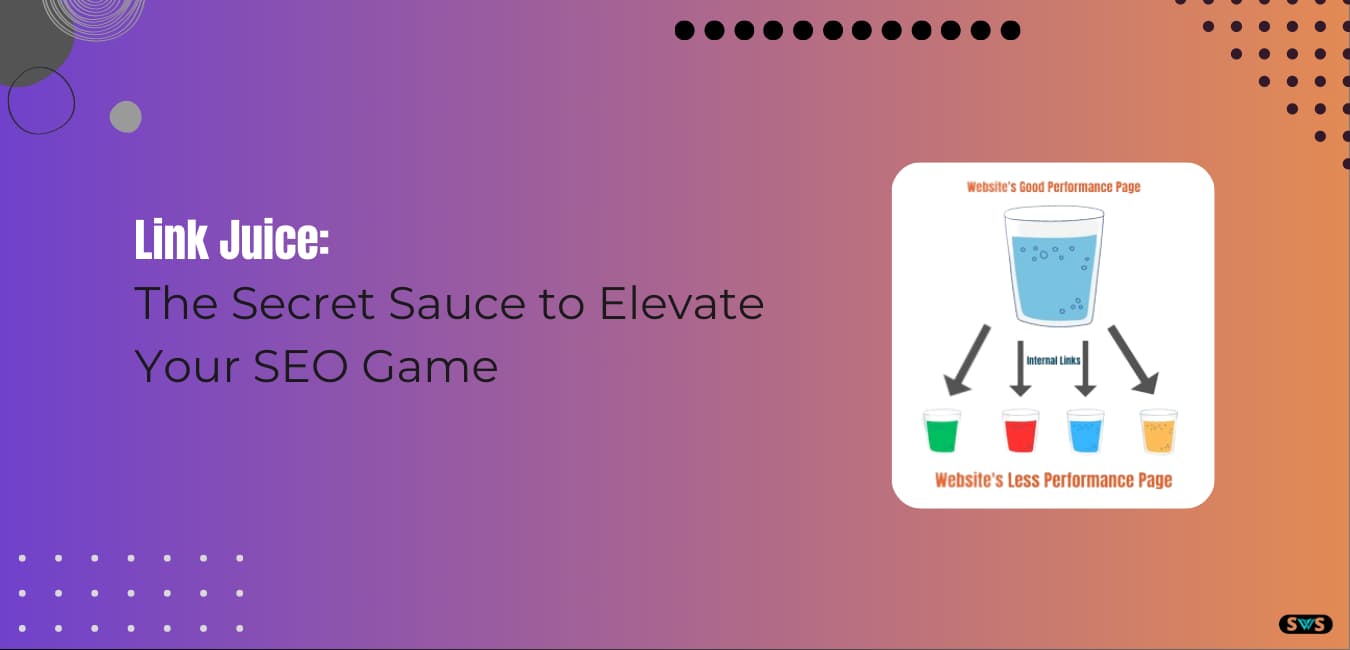Reading Time: 5 mins 23 sec
In this article, we will discuss, what is the recommended format for implementing schema markup.
In brief,
The most recommended Schema markup format is “JSON-LD“.
It is an important part of On-page SEO.
Understanding schema markup is important if you want to increase search engines’ ranking and understanding of your website.
Search engines may better understand your website’s content thanks to schema markup, which is kind of like a specific language for websites.
By using this kind of code, you may give users more in-depth and relevant information while also improving the ranking of your website on search engines.
We’ll explain everything about schema markup in simple words in this article.
So let’s get started
Read This: What Is FAQ Schema In SEO
What is Schema Markup?
You can add a special code known as schema markup to your website.
This code provides a description of your website’s content for search engines.
It helps with the neat and organized presentation of your content by search engines, including the display of reviews, events, products, and more.
Consider it as a language that computers understand, thus improving the efficiency and attraction of the content on your website.
Types of Schema Markups
There are different kinds of schema markups, each with a specific feature:
Article Schema: Helps blogs, news stories, and other posts be understood by search engines.
Event Schema: Search engines may be updated on events like conferences, webinars, and concerts using event schema.
Product Schema: Helps in displaying information about products, such as pricing, reviews, and availability.
Local Business Schema: Facilitates the high ranking of local businesses in local search results.
Video Schema: Search engines may identify and show videos in search results thanks to the video schema.
Breadcrumbs: They make it easier to navigate complicated web pages.
Organization Schema: Enhances a company’s awareness via search engines.
Read This: SEO-Friendly URLs
Why Use Schema Markup for SEO?
SEO, or search engine optimization, is important for growing website traffic.
Your SEO efforts can be improved by using schema markup.
It helps search engines understand the function and content of your website, resulting in improved ranks and search result ranking.
Schema can also be used to target particular keywords, providing extra details like star ratings and user reviews to make search results more interesting.
This additional information encourages users to visit your website by helping them in making educated.
Particularly important for small local businesses is schema markup.
Local businesses can give search engines essential data like location, contact information, and opening hours by using schema.
Higher ranks in local search results can result from this, making it simpler for locals to find and visit the business in question.
How to Add Schema Markup Using Google Tag Manager (GTM)
A strong tool that makes it simple to apply schema markup to your website is Google Tag Manager (GTM).
Here is how to go about it:
Create a Google Tag Manager account: Set up an account by creating one.
Create a New Tag: Choose “Custom HTML” as the type when creating a new tag in GTM.
Add Schema Code: Schema code addition Insert the code for your schema there. Make sure the JSON-LD markup is correct.
Set the Trigger: Establish the Trigger Determine the timing of the tag’s execution, such as when a user accesses a particular page. Employ triggers such as “Page Views.”
Publish and Save: Save the settings for your trigger and tag. To make sure the preview works properly, check it.
Read This: What Is SEO-Based Content Writing
What Is The Recommended Format For Implementing Schema Markup
Where to Put Schema Markup Code?
Three options are available to you when adding schema markup to your website:
Body Tag: By placing the code here, you can improve how well search engines understand your content. It can be difficult to update and manage, too.
Head Tag: Updating and managing the head tag is simpler. It is suitable for various content management systems and contains important meta information.
Schema.org inline Microdata: This technique entails writing the code right into the body of the website. Although it makes upkeep easier, too much information may clog the website.
Writing and Verifying Schema Markup
In order to make sure that your website gives search engines the correct data, schema markup must be written and verified.
This is how you do it:
Know Your Goals: Be very clear about what you hope to achieve with your schema markup.
Choose the Correct Schema: Based on the data you wish to present, select the right kind of schema.
Include Vital Details: Give search engine crawlers the required information to understand your article.
Format Correctly: Check that your code is formatted correctly, typically using JSON-LD markup.
Check the Code: Utilize tools like Google’s Structured Data Testing Tool to test your schema markup.
Monitor Progress: Progress should be monitored, so keep tabs on how well your schema markup is performing.
Read This: Power Of Keywords In Titles
Checklist for Schema Markup Code Implementation
Detail-oriented implementation of schema markup is necessary.
Here is a checklist to help you do it correctly:
Optimize Page Titles: Use suitable keywords and limit titles to 60–70 characters when optimizing page titles. Include the business name, along with both primary and secondary keywords.
Include Relevant Data: Make sure your schema markup contains relevant information that is relevant to your content, such as organization, person, product, event, or article information.
Use Item Types & Itemprop Attributes: Use item types and itemprop properties to highlight important information such as names, descriptions, ratings, and photos. These attributes aid search engines in understanding your content.
Read This: Free SEO-Friendly WordPress Themes
Conclusion
In this article, we will discuss, what is the recommended format for implementing schema markup.
You have lots of alternatives when implementing schema markup, with JSON-LD getting top marks from Google for its ease of use and compatibility.
Selecting the format that best meets your needs is important.
If you want to use schema markup, SEOwithsunny provides excellent services.
SEOwithsunny guarantees that your website benefits from schema markup, enhancing exposure and user experience, using cutting-edge technology and a team of professionals.
To give your website the advantage it deserves, contact SEOwithsunny quickly.
The ranking of your website on search engines can be greatly improved by using schema markup, which, despite its technical-looking identity, is a powerful tool.
By improving the readability and attractiveness of your content, you can bring in more visitors and give them the knowledge they require.
Start using schema markup right away and watch your website reach new heights in the online world.
If you like this article, please share and comment.
Read Also
- What Is Dwell Time
- SEO Silo Structure Example
- Importance Of Internal Links In SEO
- GTmetrix For Website Speed Testing
- Web Development SEO Best Practices
FAQ
What is the recommended format for implementing Schema markup HubSpot?
JSON+LD is used to add site-wide Schema to the header or footer of your HubSpot website. By including Microdata, Object-specific Schema is applied directly in the HTML.
How to implement Schema markup in Magento?
JSON-LD (application/ld+json): The page will contain both HTML and a JSON object.
Application/ld+JSON (JSON-LD) Only JSON objects will be present on the website if HTML is absent.
Only HTML attributes and tags—known as microdata—will appear on the page.
What is Schema markup structure?
A code standard called schema markup, commonly referred to as structured data, is used to help search engines evaluate and categorize the content of web pages. Additionally, it offers precise information about webpage content, enabling search engines to show visitors richer and more detailed search results.
Should Schema markup be in header or footer?
Placing the markup in the header or footer of your website shouldn’t matter from the views of Schema.org, JSON-LD, and search engines like Google. On your page, you can use schema.org json-ld markup everywhere. A script> tag in the page head or body contains JavaScript notation.
How do I add schema markup to hubspot?
The first content sync with Schema Helper will commence when you click on your domain for the first time. When all of your content has loaded, choose the first page to add schema markup to in order to start utilizing the tool. This may take a minute or two on larger sites.



